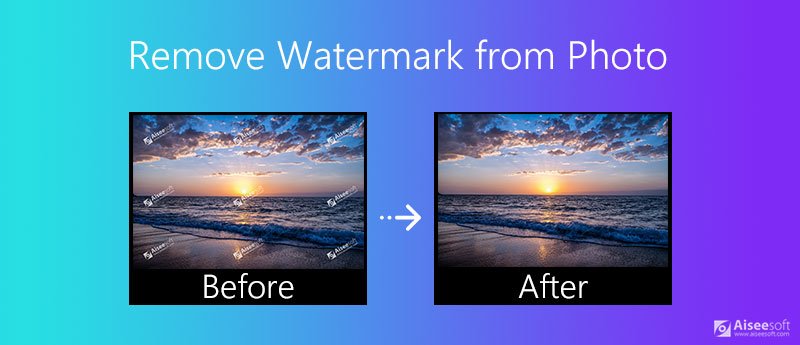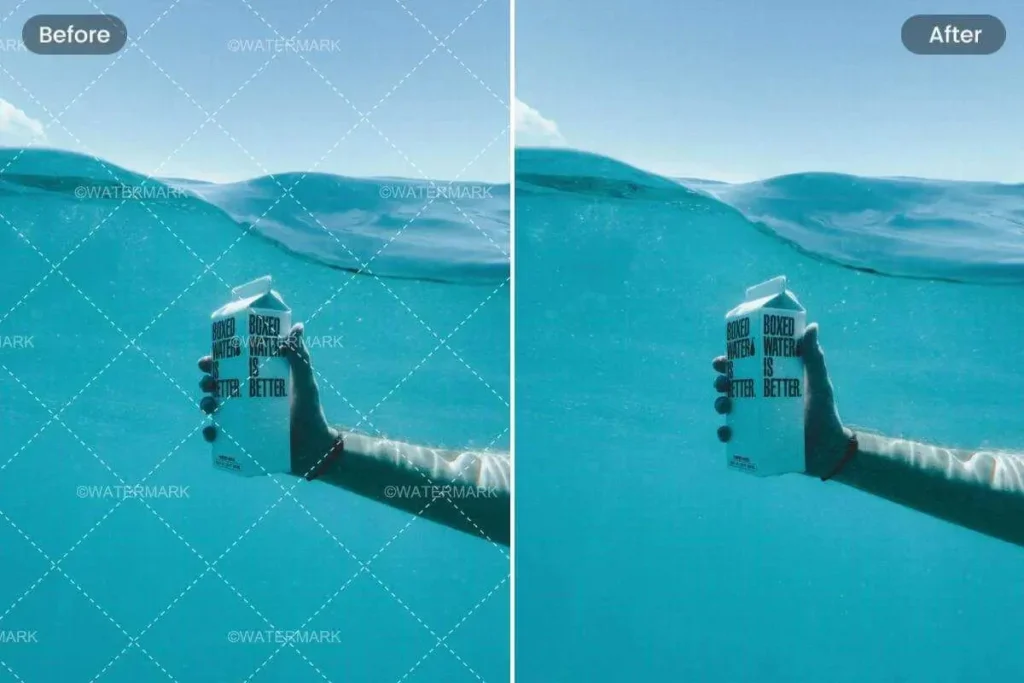In today’s hyper-visual digital world, we are constantly surrounded by images. We scroll through them on social media, use them in presentations, blog posts, and website designs. A powerful image can convey a message faster than a thousand words, evoke emotion, and significantly enhance any project. It’s so easy to right-click and save a picture from a Google search that we rarely stop to think about where it came from or who created it.
This convenience has created a widespread misunderstanding about image ownership. Many people operate under the assumption that if an image is online, it’s free to use. This is not only incorrect but can also lead to serious legal, ethical, and financial consequences.
This article is a comprehensive guide to understanding image copyright. We will break down what it means, why it is critically important, the risks of ignoring it, and how you can ethically find and use images while fully respecting the hard work and creativity of the people behind the lens.

What is Copyright, Anyway?
Let’s start with the basics. Copyright is a form of legal protection granted to the creator of an original work. This includes literature, music, films, and, most relevant to our discussion, photographs and digital images.
The moment a photographer clicks the shutter button, or a digital artist saves their creation, that work is automatically protected by copyright law in most countries around the world. They do not need to add a copyright symbol (©), register the work (though that helps in legal cases), or even state that it is copyrighted. The creation itself is the property of its creator.
This means the creator holds exclusive rights to:
- Reproduce the image (make copies).
- Distribute copies of the image to the public.
- Display the image publicly.
- Create derivative works based on the original image (e.g., edits, collages).
When you use an image without permission, you are infringing on these exclusive rights.
The Crucial Role of Watermarks
You’ve undoubtedly seen them: semi-transparent logos, names, or patterns overlaid on an image. These are watermarks, and they serve a few vital purposes:
- Proof of Ownership: A watermark clearly identifies the creator of the image. In a vast ocean of online content, it acts as a digital signature, ensuring the creator gets credit for their work, even if the image is shared widely.
- Marketing and Branding: For professional photographers and artists, a watermark is a form of advertising. It promotes their brand and drives potential clients to their website or portfolio.
- Theft Deterrence: While not foolproof, a prominent watermark discourages casual theft. It makes the image less usable for someone who intends to pass it off as their own or use it for commercial purposes.
It is essential to understand that a watermark is a visual assertion of copyright. Intentionally removing a watermark to use an image is not just a minor oversight; it is a deliberate act of copyright infringement. It strips the creator of their credit and their ability to benefit from their own work.
Why Should You, the User, Care?
You might be thinking, “I’m just a blogger with a small audience,” or “I’m only using it for a school project, not for profit.” Unfortunately, these are common misconceptions. The scale or intent of the use does not automatically make it legal. Here’s why you should make ethical image use a priority.
1. Legal Consequences Are Real
Copyright infringement is a serious matter. Creators and large stock photo agencies actively use reverse image search technology to find unauthorized uses of their work. The penalties can be severe:
- Cease and Desist Letters: You may be ordered to immediately remove the image from your website, social media, or publication.
- DMCA Takedown Notices: Your web host or Google may be notified, leading to your website being taken down or delisted from search results until the infringing content is removed.
- Lawsuits and Financial Damages: An infringer can be sued for significant financial damages. These are often calculated based on the standard licensing fee for the image, which can be hundreds of dollars, multiplied by the willfulness of the infringement. Courts can award up to $150,000 per work in statutory damages in the United States for willful infringement. This is a risk no blogger, small business, or individual should take.
2. It’s an Ethical Issue
Beyond the legal jargon, it’s a matter of basic ethics and respect. Creating a high-quality, compelling image requires skill, time, and expensive equipment. A photographer might spend hours setting up a shot, waiting for the perfect light, and then more hours editing the photo on their computer.
Using their work without permission or payment is equivalent to walking into a store and taking a product without paying. You are devaluing their profession and robbing them of their livelihood. Supporting creators ensures they can continue to produce the beautiful content we all enjoy and rely on.
3. It Protects Your Own Reputation
Your online presence is a reflection of your professionalism and integrity. Using images illegally can severely damage your reputation. Being called out for image theft or receiving a lawyer’s letter can shatter the trust you’ve built with your audience, clients, or peers. Being known as someone who respects intellectual property, on the other hand, builds credibility and shows that you operate your website or business with honesty.
How to Find and Use Images Legally
The good news is that there are countless ways to source amazing images without breaking the law or the bank. Here are the best practices for ethical image use.
1. Create Your Own Images
This is the simplest solution. With the high-quality cameras built into modern smartphones, anyone can take decent photos. This guarantees you 100% unique content and zero copyright worries.
2. Use Royalty-Free Stock Photo Websites
There are many excellent websites that offer high-quality, royalty-free images. “Royalty-free” does not mean free of cost; it means you pay a one-time fee (or subscribe) for a license to use the image without paying royalties each time it’s used. Many also offer a vast selection of completely free images.
- Examples: Sites like Unsplash, Pexels, and Pixabay offer thousands of high-resolution images completely free, with most only requiring a simple attribution (credit to the photographer). For a wider variety and more premium content, paid sites like Shutterstock, iStock, and Getty Images are industry standards.
3. Understand Creative Commons Licenses
Creative Commons (CC) is a non-profit organization that provides free, standardized licenses creators can apply to their work. These licenses tell you exactly how you can use an image. Always check the specific type of CC license:
- CC0: The creator has waived all rights to the work and dedicated it to the public domain. You can use it for any purpose without permission. (This is what sites like Unsplash use).
- Attribution (CC BY): You can use and modify the image for any purpose, even commercially, as long as you give appropriate credit to the creator.
- Other restrictions can include Non-Commercial (NC), meaning you can’t make money from it, and No Derivatives (ND), meaning you can’t alter the original image.
4. Always Ask for Permission
If you find an image you love on a photographer’s portfolio, Instagram, or personal website, just ask them! Send a polite email inquiring about using their image. They may say yes for free with attribution, or they may offer a reasonable licensing fee. Most creators are happy to see their work appreciated and will be willing to work with you.
A Note on “Fair Use”
You may have heard of the “fair use” doctrine. This is a legal defense that allows limited use of copyrighted material without permission for purposes like criticism, commentary, news reporting, and education. However, fair use is a complex legal grey area, not a clear-cut right. If you are using an image to primarily beautify your website or blog post, it is highly unlikely to qualify as fair use. It is safest not to rely on this unless you have consulted a legal expert.

When Removal is Ethical: The Other Side of the Coin
Throughout this article, we’ve strongly advocated for respecting watermarks and copyrights. However, there is one scenario where the ethical removal of a watermark is not only acceptable but encouraged: when you are the copyright holder.
Imagine you are a photographer. You upload a low-resolution, watermarked version of your image to your online portfolio to prevent theft. A client sees it and hires you for a job. They pay for the high-resolution, unwatermarked file to use in their marketing campaign. In this case, you, the creator, are providing a clean copy of the image you own because you have been fairly compensated for your work.
The key difference is ownership and permission. The act of removing a watermark is only ethical if you hold the copyright to the underlying image and are distributing a final product to a paying client. This process highlights the original purpose of the watermark: to protect the image until the creator decides to release it in its final form.
For a detailed look at the technology that enables creators to handle their own images in this way, including how AI is streamlining the process for copyright holders, you can explore this resource on The Best Online Image Watermark Remover with AI Technology. This article is written from the perspective of a creator managing their own intellectual property, not for circumventing the rights of others.
Conclusion: Building a More Respectful Digital Ecosystem
The internet is built on sharing, but sharing should not come at the expense of creators’ rights. Understanding and respecting image copyright is not about navigating a maze of restrictive laws; it’s about fostering a digital economy that is fair and sustainable.
By choosing to use images ethically—whether by taking your own, using stock photos, or licensing work directly from creators—you are making a conscious decision to value art and professionalism. You protect yourself from significant legal risk, build a trustworthy reputation, and, most importantly, you support the artists and photographers whose work makes the online world a more beautiful and engaging place.
